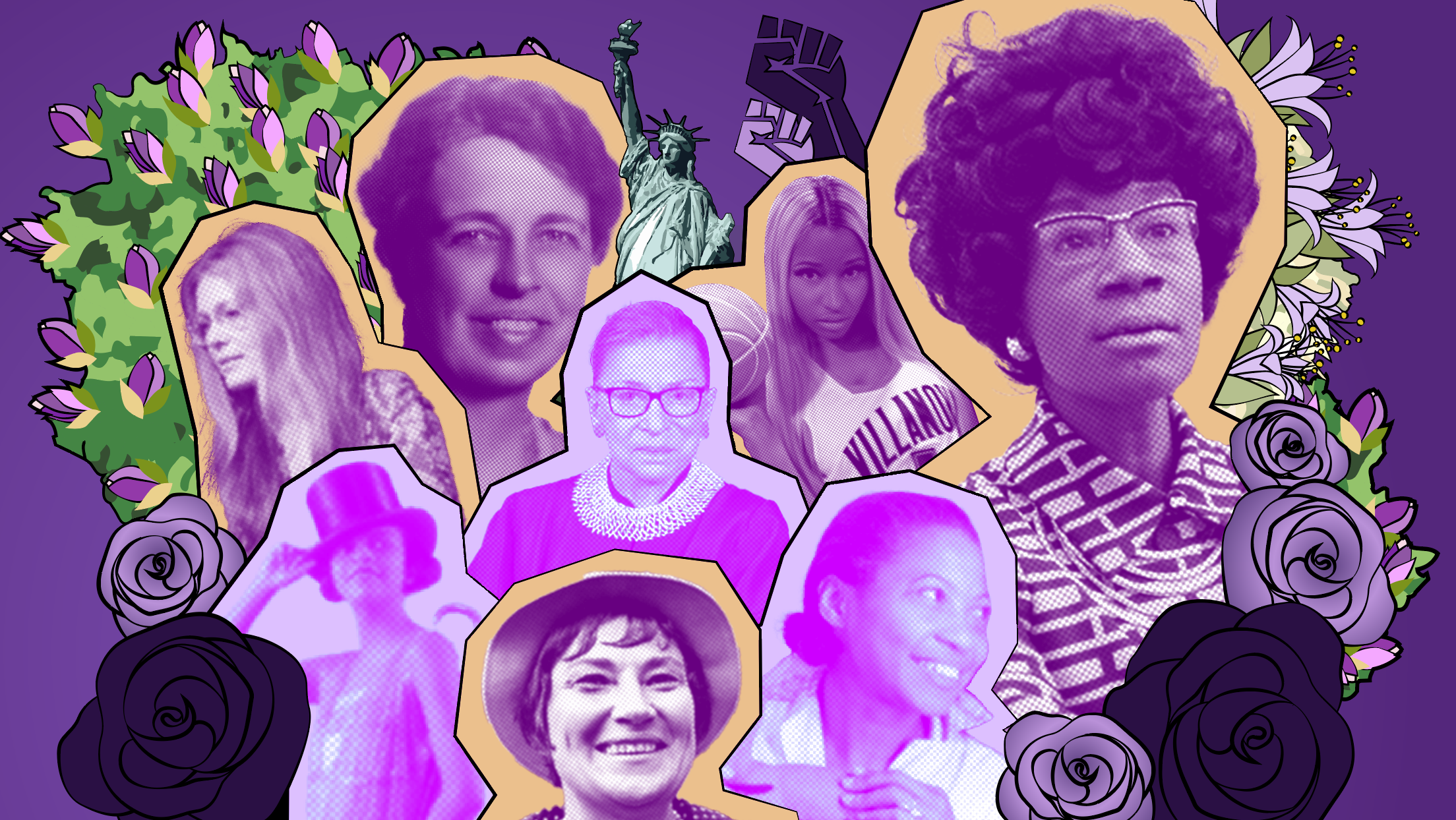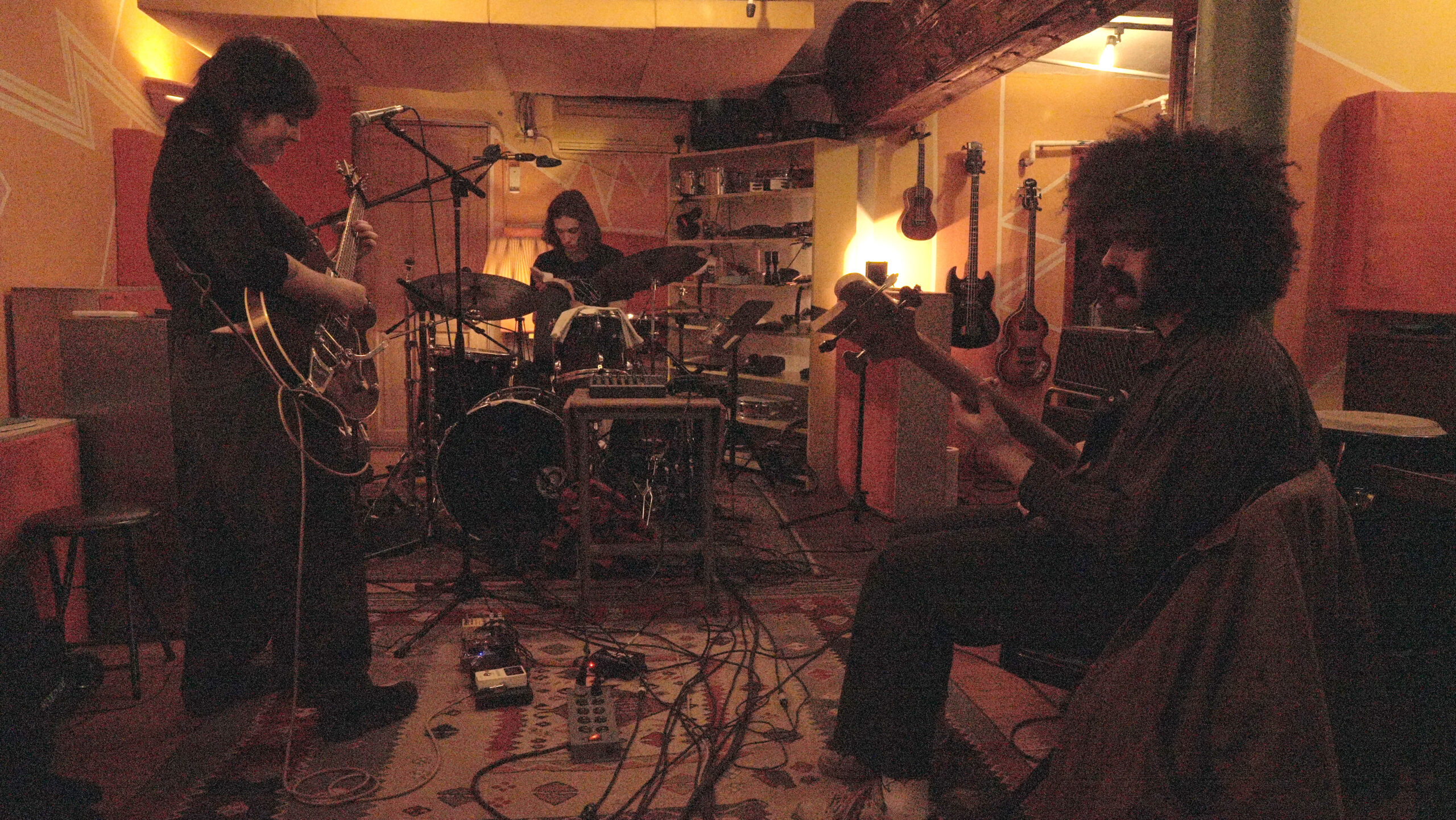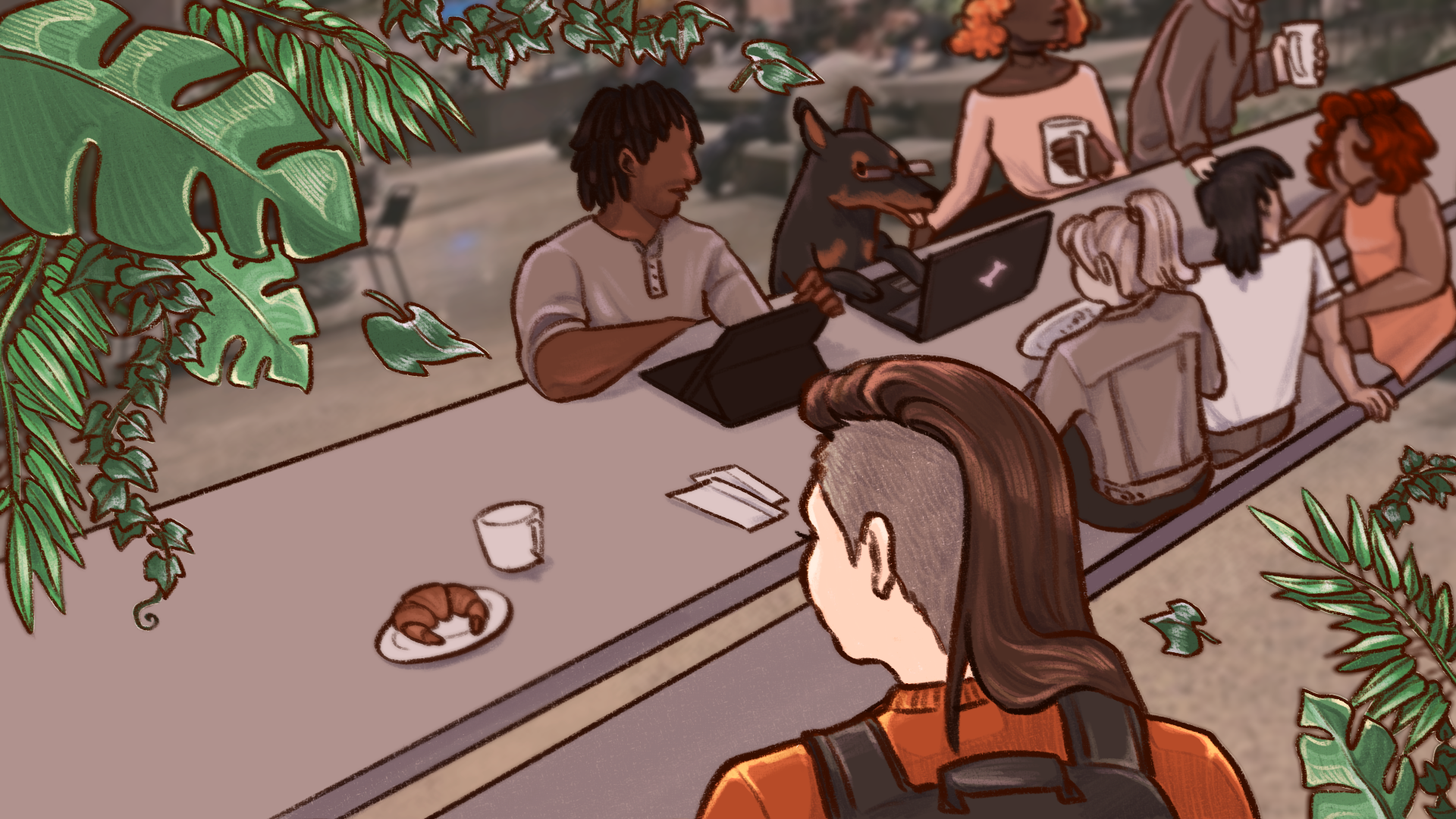Digitization Project Expands to Include All Past Course Catalogs
Hidden behind an inconspicuous gray door in the lobby of the main Parsons building at 66 Fifth Ave. are The New School Archives and Special Collections, home to thousands of documents that reveal The New School’s nearly century-old history. Until recently, the Archives remained in their original form: intact, but largely forgotten. Now the Archives staff, three permanent members and one newly hired temporary worker, is nearing the end of an unprecedented digitization project. The archivists set themselves a tall agenda: to digitize nearly 900 New School course catalogs dating to the university’s earliest days and to make them available online. Currently over one hundred catalogs can be viewed on the Archives’ website, and the rest are available upon request. After decades of gathering dust, the catalogs, archivists hope, will not only offer a peek into the school’s history, but will lend new understanding to its heart and soul – the student body.

(Ivy Meissner)
The project offers valuable information once unavailable to generations of New Schoolers. Whether an alumnus wishes to look for classes completed in the past or a prospective freshman hopes for a bit of context before embarking on a new journey, he or she will be able to do so in the near future. An author writing about a specific person as their subject can find speeches and other information in the catalogs, and past professors can examine information about their courses. Among some of the most notable alumni are political philosopher Leo Strauss, who taught at The New School from 1938 to 1948, and civil rights activist W.E.B. Du Bois, who taught the first African-American culture course offered at a university.
The catalog project got a kickstart a year ago after the archives department underwent a reconstruction. Separate archive collections from different divisions of the school, such as The Kellen Design Archives, which includes Parsons design collections and studies, are now under the umbrella of Archives and Special Collections.
Wendy Scheir, who has served as the Director of the Kellen Archives and subsequently the Archives and Special Collections since 2008, saw the need for a comprehensive effort to upgrade the materials into the digital age. Although the course catalogs are the biggest digitization project at The New School yet, smaller attempts were made in the past. Lang faculty members recently digitized scrapbooks containing newspaper articles about The New School, ranging in year from 1919 to 1944, with help of a small grant from the school. Last spring, University Student Senate member Chris Crews discovered tapes in the Fogelman Library archives, containing Dr. Martin Luther King’s 1964 speech at Tishman Auditorium. The University Student Senate funded the digitization of the tapes, made available online last August and accessed almost 3,000 times.
Carmen Hendershott, who has worked as Fogelman’s reference librarian since 1970, believes that the future of such projects relies largely on active members of the library and archive departments. “I think the libraries and archives are still largely on their own regarding preservation of the history of The New School,” Hendershott told the Free Press. “The administration does not set a priority on this.”
Despite smaller attempts at digitization, there has not been a unified effort to make the school’s archival resources digitally available to the public. The library department is currently undergoing a major overall reorganization, and once the new university center on Fifth Avenue opens, will have two floors at their disposal.

(Ivy Meissner)
Wendy Scheir said in an interview with the Free Press that she recognized an opportunity in the libraries’ inventory process and requested authority from the school to digitize a part of the archives. Scheir saw the class catalogs, dating from the first year of the school to last year, as a an ideal starting point. The catalogs, which Scheir described as “the middle of the octopus,” provide perhaps the most thorough overview of the university’s academic history. Every naming and renaming of the divisions is documented, and every class and every professor is listed.
“The catalogs really are a history of the school through its courses and its faculty,” Scheir said in an interview with the Free Press. “They are an anchoring collection of materials, which is a big part of why we wanted to do them first.” Scheir added that although the Archives have only uploaded a small percentage of the catalogs thus far, they already get weekly requests for them from students, faculty and alumni who have heard about the project.
The Archives department hired Liza Harrell-Edge, whose recent work included managing the digitization of a 17th century manuscript collection, as the manager of the project in March 2012. “We knew that if we were going to do a project of this size, we would need a professional who knows all the steps of the process,” Scheir said.
Harrell-Edge began the project by collecting the course catalogs from different parts of the school after realizing that only a small part of them was physically available at the Archives. The rest were spread across the divisions, some of them in neglected boxes sitting in office corners. According to Harrell-Edge, simply locating and gathering all the catalogs took about three months. The next step was categorization in order to create a chronological history of each division. “Working out the often concurrent or alternating names of the divisions was challenging,” Harrell-Edge said.
Soon after the inventory was complete, with each of the approximately 70,000 pages scanned by a scanning vendor who specializes in old, fragile materials and then examined by the Archives staff for quality errors. The files also required descriptive data, including traditional library catalog information such as title, creator and publication date.
With the catalog project nearing its end, the future of the archives’ digitization seems unclear. After all the catalogs are digitized, Harrell-Edge’s job at The New School is technically over. But according to Scheir, an expert like Harrell-Edge is vital to the preservation of the school’s legacy to continue properly.
“[Projects like this] and the work required to provide digital images and records of archival materials online require a unique set of specialized skills,” Scheir said but added that the Archives’ budget might be too tight to hire Harrell-Edge permanently.
“We are hoping to find a way to get [Harrell-Edge] hired onto the permanent staff,” Scheir said. “Liza has become an integral part of the Archives, and it would be a crying shame to lose her.”
Yet, the staff of the Archives and Special Collections has faith in the future. Course catalogs from Jazz, Milano and Drama schools still only exist in their original form, as do the weekly bulletins describing the activities of The New School from the past 70 years. The already-scanned course catalogs are available on the Archives and Special Collections website through a new management and search software.
“We’re hoping to get as much feedback as we can about how students and researchers want to use the collections and what they would like to see digitized in the future,” Liza Harrell-Edge said.
Scheir emphasized the need for long-term sustainability of the newly digitized materials.
“So much happens in the digital universe that files like this can become obsolete in only a number of years,” Scheir said. “It’s an ongoing management challenge rather than a one-term project.”

(Photos courtesy of New School Archives and Special Collections)








Leave a Reply